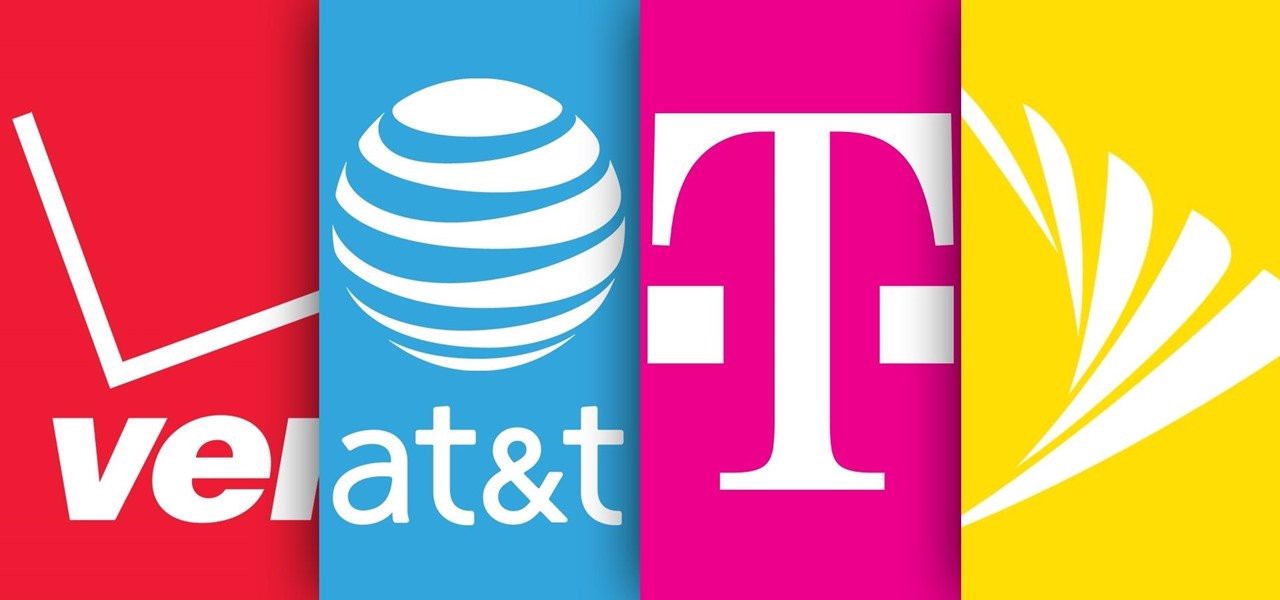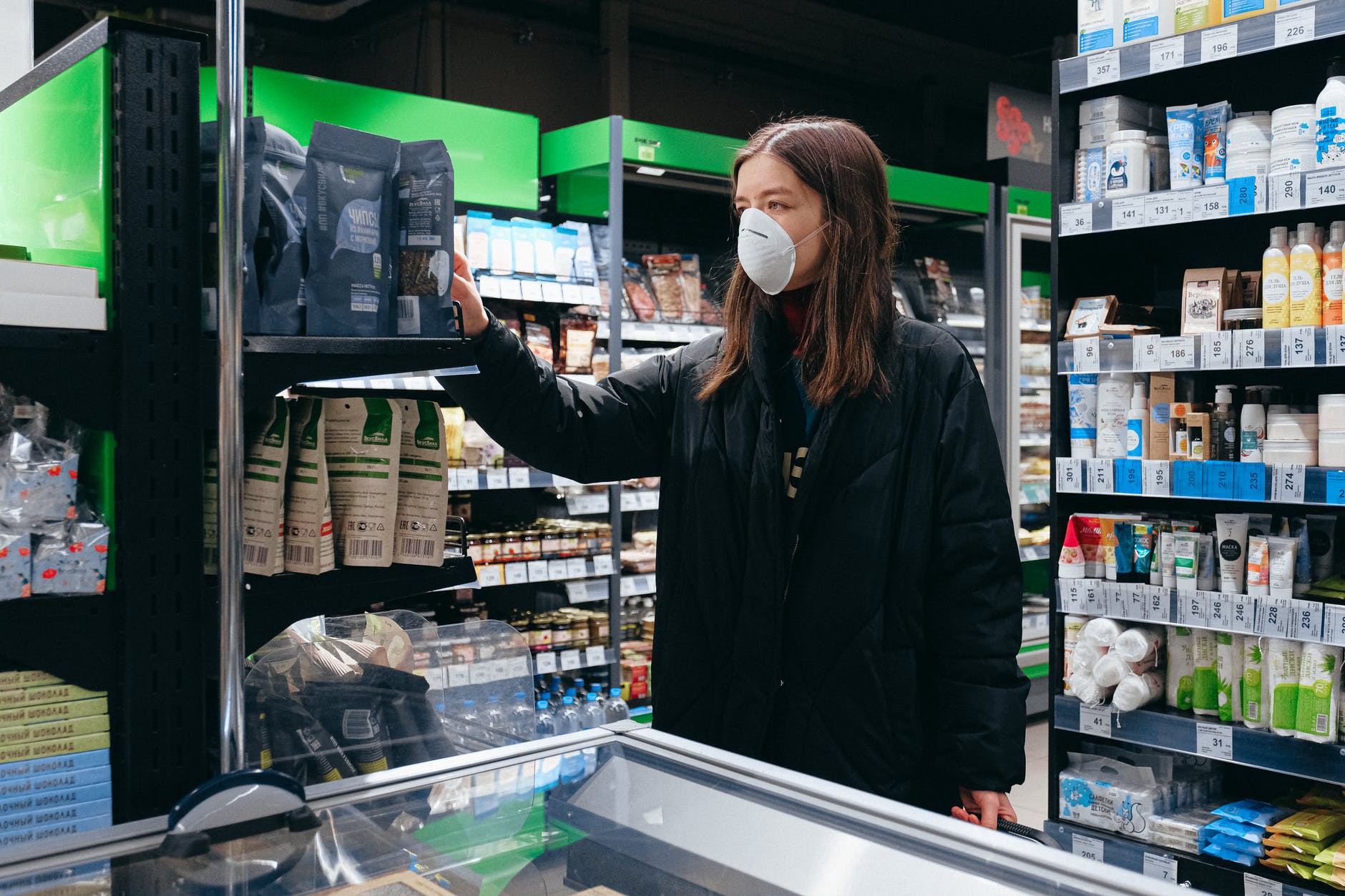
Wireless Retail Post Pandemic
Wireless Retail Post Pandemic
Retail businesses have taken a major hit during the COVID-19 pandemic. Most storefronts have had to either close completely or implement changes to their business models — one-way aisles, plexiglass at cashier stands and contactless payment solutions, to name just a few. In spite of these protections, though, most retailers are seeing a decline in business as consumers have opted for other methods of shopping — online, delivery, or often, simply doing without. It’s not only the pandemic itself, after all, that has caused this disruption in business; the economic ramifications have changed many consumers’ buying habits, leading them to reevaluate what is “essential.”
Where does all of this leave wireless retailers? How do they safely sell and serve customers, reduce the length of customer visits and limit contact with people and surfaces? These are all questions being asked as retailers attempt to maintain sales and volumes in spite of greatly reduced traffic.
Successful retailers have climbed a steep learning curve in a very short time as they have learned to navigate the changed face of retail. Communications channels have been quickly changed, eCommerce optimized, and the use of apps expanded. Ironically, for most of these new methods, there is one piece of essential equipment — the smartphone. For wireless retailers, that’s good news. For many reasons, just one of which is online ordering, telecommunications are essential services.
While many users may need to hang onto older technology longer in the face of economic uncertainty, others may be driven to activate devices for the first time. In both cases, though, visits to retail stores may be seen as necessary, as older devices need repair while new users need technical assistance in acquisition and setup.
How can retailers safely provide these services?
Grocery stores, which have remained open throughout the pandemic crisis, can serve as a model for retailers, as they have implemented numerous safety measures for employees and customers. Limiting the number of customers inside at one time is certainly a necessary measure for all retailers. But while grocery stores have utilized “one-way” aisles, most wireless retailers aren’t set up in a manner conducive to that type of traffic flow, and other methods will be needed to control traffic — perhaps a “waiting room” in the parking lot will be necessary. Contactless payment, on the other hand, should be easy to implement for any retailer that doesn’t have it in place already.
A difficulty faced by wireless retail is that, by nature, it often necessitates one-on-one interaction between customers and staff for things like setup or troubleshooting assistance. The use of PPE or masks may be needed and plexiglass barriers at customer service stations will certainly help, but what happens to hands-on assistance? In theory, this can also be carried out from behind barriers, with hand sanitizer readily available for all parties when devices are passed back and forth. It is also a good opportunity to demonstrate safe sanitizing measures for electronic devices.
All of this, however, may not be enough to bring in customers who are out to browse or make impulse buys. For this, a strong online presence, a solid e-commerce platform and curbside pickup will be critical components of success in the future.
An Adobe Analytics study showed that between April 1 and April 20, there was a 208% increase in orders placed online and picked up at stores, while a CommerceHub survey of 1,500 consumers in April showed 59% were more likely to use curbside pickup following the coronavirus outbreak. Buy Online and Pick Up at Curb (BOPAC) is a new acronym for this service, which has been around for a while, but not at the volumes it is now.
For wireless retailers in standalone storefronts with good parking, this is an easy enough model to implement — although there are logistics to consider, such as identity verification and new-device setup. For retailers without outward-facing storefronts — ones in malls, for example, or in cities or areas without storefront parking, other challenges present themselves. At this point apps or text messaging may come into play, allowing a system of communication for the buyer and seller to arrange the drop off (this could be problematic for a customer who is actually going to purchase a phone, but assumes an older device or another person with a phone is in the car).
Perhaps more realistic for wireless retailers is a hybrid model of online and in-store transactions. For customers who want to purchase a device online but want the technical or setup assistance that comes along with an in-store experience, buying online and picking up in-store might be the solution. This eliminates some of the time the customer needs to be inside the retail establishment with the primary purchase taking place online. An appointment can be scheduled for the pickup and setup of the new device if needed, which then allows the customer to not only get the needed technical assistance — with all of the safeguards previously mentioned in place — it allows the salesperson to offer the add-ons that are so critical to a wireless retail store’s bottom line. Items like these — cases, headphones, chargers — can be kept in a staff-only area and brought over to the customer for demonstration, with all needed sanitation procedures in place.
Another option for wireless retailers to consider is the enhancement of their websites to include instructional videos, how-to articles and other useful consumer information. This will not only allow customers to get an interactive shopping and technical support experience online, potentially shortening any time the customer needs to spend in the store, it will also serve the purpose of attracting new visitors to the online storefront. Using best-practices SEO techniques and creative content marketing, the storefront can become a broader resource for online shoppers who are just browsing.
It seems inevitable that the retail landscape will be forever altered by the COVID-19 pandemic. The economy has been shaken, consumer habits have changed and there is a strange new world for everyone to navigate. However, wireless retailers have the comfort of knowing their products are likely more essential than ever. They simply need to adjust their thinking and their business models to allow for new methods of shopping and altered customer behavior.


